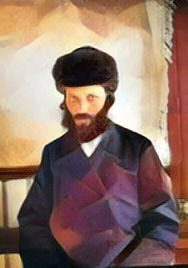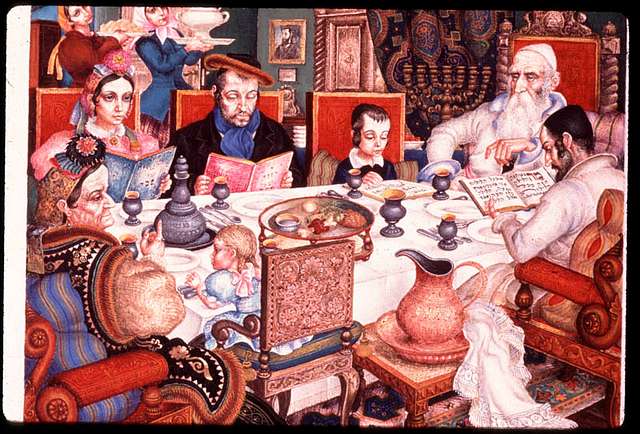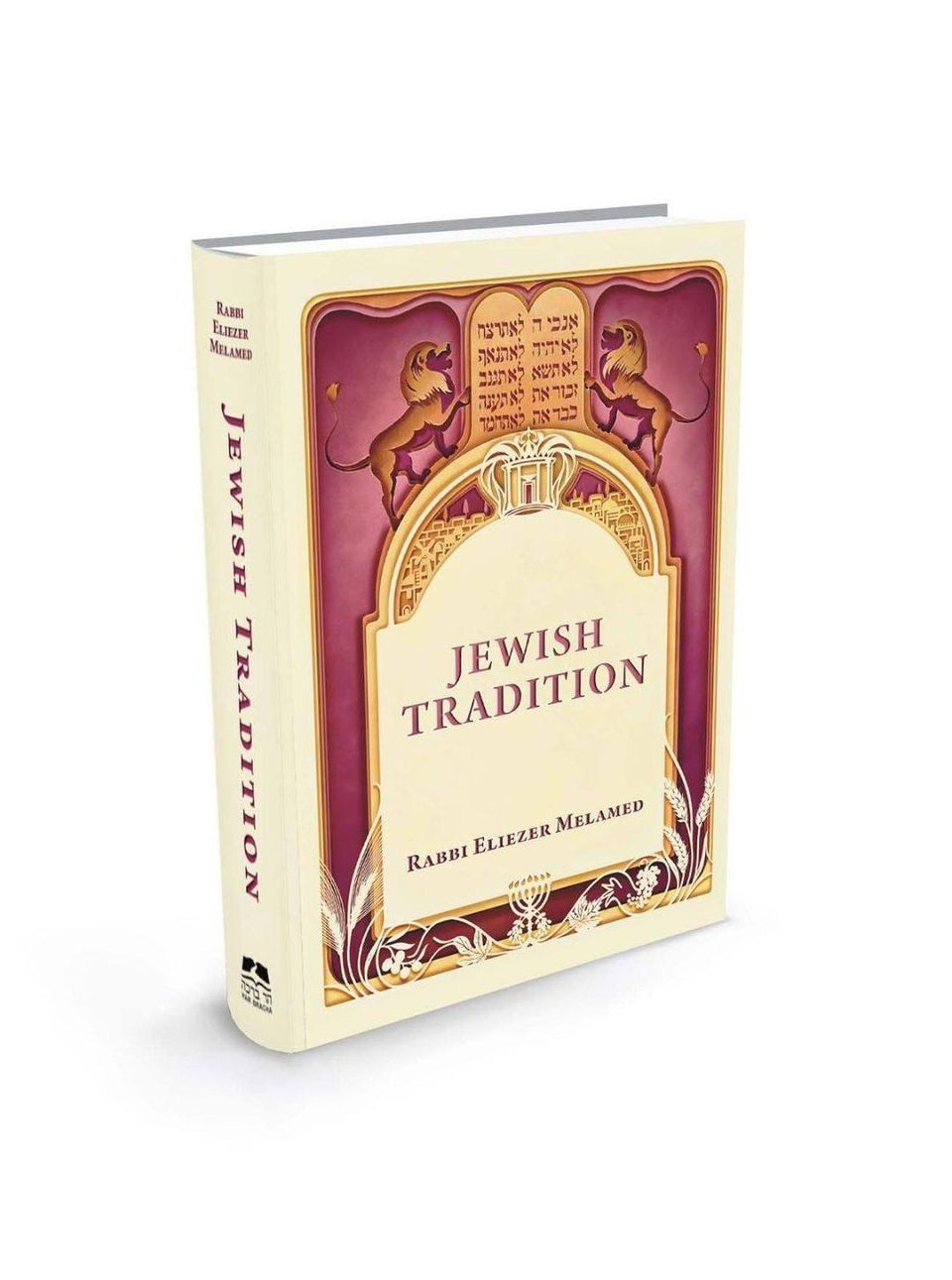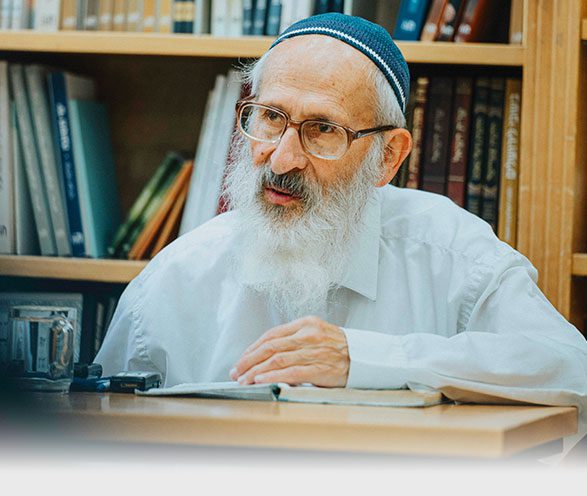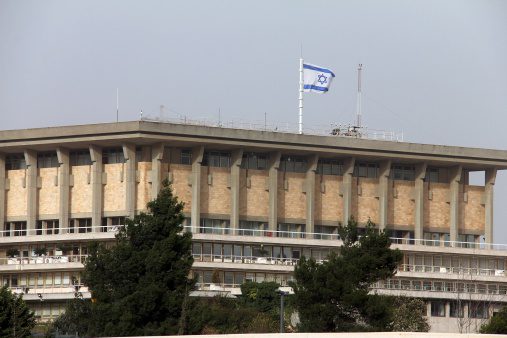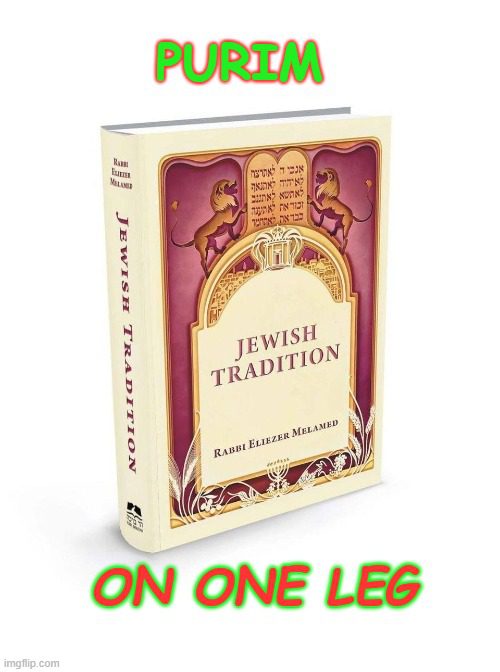Kabbalah: The Secret Essence of Torah
From the book “Celebration of the Soul” by HaRav Moshe Tzvi Neriyah. Translated into English by Rabbi Pesach Yaffe.
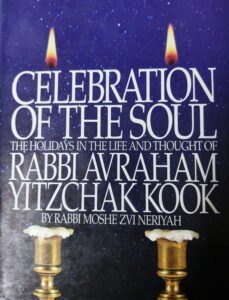
The Talmudic sage Rabbi Shimon bar Yochai, author of
the Zohar, revealed profound secrets of the Torah before
he died on Lag BaOmer. As a young boy, Rav Kook was
drawn to mysticism and sought to fathom its secrets. He inherited
this predilection from his maternal forebears, who were Chabad
chassidim. He studied diligently until he was erudite in the two
Talmuds, the codes and commentators, and the Midrash (“I studied
Midrash like one studies the Talmud,” he once said). Then he
delved into the secrets of Torah, gaining proficiency at a young
age in the Zoharic literature: the Zohar, Tikkunei Zohar, and Zohar
Chadash. He discovered a secret treasure in his home and eagerly read the unpub•׳
lished manuscripts written by his namesake and great-grandfather,
Rabbi Avraham, rabbi of Sabiz, which included commentaries on
the Zohar and Tikkunei Zohar.
During his early years in Zoimel, the Rav received permission
from his congregation to spend a month studying in Shavli with
the master kabbalist, Rabbi Shlomo Elyashiv. From then on, the
two were intimate friends. The Rav once remarked that Rabbi
Elyashiv’s “Leshem Shevo VeAchlamah” was the most lucid exposition
of the kabbalah since the days of Rabbi Moshe Cordovero. At the
end of his life, Rabbi Elyashiv immigrated to Eretz Yisrael. Rabbi
Aryeh Levine, related to Rabbi Elyashiv through marriage, reported
that the Rav used to visit Rabbi Elyashiv to study kabbalistic tracts
in the early morning hours. Rabbi Elyashiv explained to Rabbi
Aryeh that kabbalists, like halachists, have different approaches,
different philosophies, but the Rav knew and mastered all of them.
The Rav’s Choice of Prayer Book
Rabbi Shemuel HaLevi Horwitz of Meron, a Breslav chassid,
related that when the Rav was in Jaffa he kept a copy of Likutei
Tefillot, a compilation of prayers based on the teachings of Rabbi
Nachman of Breslav, at his seat in the synagogue. In Jerusalem the
Rav prayed from an ordinary prayer book, but it is known that for
many years he prayed from Sha’ar HaShamayim, a prayer book with
the mystical commentary of Rabbi Yeshayah Horowitz, author of
Shnei Luchot HaBrit.
Continuing the Kabbalistic Tradition
The Rav’s early essays are annotated and many explicit
quotations from the Zohar appear. In his later writings, however,
the Rav expressed his ideas with a minimum of quotations and
references. As a result, the secrets of Torah are veiled so that the
average reader is unaware of their presence. However, the sources
appended by Rabbi David Cohen to Orot HaKodesh, and by Rabbi
Zvi Yehudah Kook to Olat Re’iyah and Orot, reveal the scope and
depth of the influence of mystical literature on the Rav’s thought.
In his unpublished notes on Orot HaKodesh, Rabbi David
Cohen, who edited the work, wrote that “we have already
mentioned the Rav’s comment that the Maharal [Rabbi Yehudah
Loewe] of Prague should be counted among the mystics, though his
style differs from theirs [Igrot HaRe’iyah II, pp. 91, 447]. The same
may be .said of our master, HaRav Kook. He too, is a mystic, but his style is
different. As Hillel Zeitlin has written, the Rav continues the
esoteric tradition” (cf. Safran shel Yechidim, pp. 235 *7).
Similarly, Rabbi Cohen wrote: “The Wisdom of Holiness is
an exoteric wisdom expressed in literary form, but its core origi-
nates in the esoteric wisdom. Were we hesitant to associate
esoterica with the teachings of the Rav — who always spoke
openly, in a prosaic style — the following story proves otherwise:
When our master, the Rav, lay on his deathbed, my uncle, Rabbi
Avraham HaCohen Weissbord…came to visit the Rav. He entered
the room and sat on his bed. The Rav began to weep and said,
‘This is my punishment for revealing secrets.’ I began to object,
‘But our master speaks openly.’ But he refused to accept my words”
(BeShemen Ra’anan, pp. 369 *70).
Study of the Kabbalah in Eretz Yisrael
One of the Rav’s major objectives was to increase study of the
Kabbalah in the era of the return to Zion: “Now, in the period
closest to the end of salvation, the voice of the turtledove is heard
in our land and the blossoms appear in the land [cf. Songs 2:12].
The need to seek the light of God, to seek supreme spiritual
redemption, and to flow toward the Lord and His goodness is increasing” (Orot, p. 91).
The unique qualities of Eretz Yisrael correspond to the character of the esoteric wisdom:
“In Eretz Yisrael,
the spiritual spring of the inner holiness which is the light of the
life of the soul of Kenesset Yisrael is self sustaining. It requires
support only from physical and intellectual human endeavor for its
perfection” (Orot HaKodesh 1, p. 134).
“The secrets of the Torah bring the redemption and return Israel
to its land, because the Torah of truth in its mighty inner logic
demands the complete soul of the nation. Through this inner
Torah, the nation begins to feel the pain of exile and to realize
the absolute impossibility for its character to fulfill its potential
as long as it is oppressed on foreign soil. As long as the light of
the supernal Torah is sealed and bound, the inner need to return
to Zion will not stir itself with deep faith. The awakening en-
gendered by the tribulations and persecutions of the nations is
one of chance, of purification. It can energize feeble powers, but
the foundation of life can come about only through the essen-
tial, formal quest of the nation, which will increase as the light
of the inner Torah, its profound beliefs, and its most secret
recesses are lived in their majestic greatness.”
The Rav urged those qualified to immerse themselves in
kabbalistic studies. In a letter to Rabbi Shimon Zvi Horowitz, he
wrote:
“True, beyond measure is the virtue of one who meditates upon
the words of the living God in the Zohar and its attendant
literature or upon the words of the sages of truth, especially the
clear writings of Rabbi Yitzchak Luria, even if one does not yet
understand the profundity of the subject. Through continual
study, gates of light and portals of wisdom shall be revealed to
all who walk faithfully on the path of God, who desire to draw
near to the divine sanctuary of the glorious King, Life of the
Worlds, blessed be He. Blessed are those who voluntarily study
[esoteric] wisdom even an hour or two daily. Yet the primary
focus of their studies must be other areas of Torah, each
according to his ability and interest….
However, every man wise and pure of heart, endowed with the
capacity and desire for the light of the pure, esoteric wisdom of
truth, should strive to make this his primary area of study, so
that he will truly attain the crown of the inner Torah. He should
also set aside time for Bible, Mishnah, Talmud, codes, halachot,
and aggadot. Thus he will rise and attain hidden lights….”
(Igrot I, pp. 81-2.)
“The Essential Nature of my Soul״
“The joy and satisfaction I feel from expansive, free involvement
with divine esoterica is not coincidental, it is the essential na-
ture of my soul. It is my primary purpose in life. All other
physical and intellectual activity is only secondary to my es-
sence. I must find my happiness within myself, not in the approval of others or in some career. The more my self-awareness increases, the more I permit myself to be original and independent by cultivating inner awareness tempered with knowledge, insight, emotion, and song, the more God’s light will illuminate
me, and the more my faculties will develop into a blessing for
me and for the world at large.”
(Arpalei Tohar, pp. 31-2.)
Transmission of the Kabbalah
Rabbi Yehudah Leib Ashlag was in London during the spring
of 1927 raising funds for the publication of his commentary on
Rabbi Chaim Vital’s Etz Chaim. He sent his disciple, Rabbi David
Minzburg, to the Rav to show him the work and to obtain his
approbation. The Rav requested that he leave him the first chapters
for a week. When Rabbi Minzburg returned, the Rav regaled him
with an extensive lecture detailing the various approaches of the
early masters of kabbalah. Rabbi Minzburg committed the
conversation to writing and sent a summary to Rabbi Ashlag. The
following are excerpts from that letter:
“He spoke intensively and extensively, presenting a general
survey of the transmission of the kabbalah throughout the
generations until the present day…. Rabbi Moshe Cordovero utilized analogies to the corporeal world in order to make the Kabbalah intelligible. For this reason, the holy Rabbi Yitzchak Luria
did not allow Rabbi Cordovero’s disciples to write down his teachings, for they, too, made the Kabbalah more intelligible…. But the
teachings of his disciple, Rabbi Chaim Vital, are carefully worded….
Rabbi Moshe Chaim Luzzatto was the first of the later Kabbalists
who dared to employ rational explanations. His contemporary, the
Ba’al Shem Tov, took a different route. Later, the Vilna Gaon
permitted himself to explain things rationally, but only in very few
instances. In contrast, the author of the Tanya loosened the reins
considerably and made the concepts accessible to the intellect….
The Rav praised at length Rabbi Shlomo Elyashiv, author of
Leshem Shevo VeAchlamah, who sacrificed so much to comprehend
and master the work of every true Kabbalist before beginning to
write his own book.”
The Authenticity of the Kabbalah
Rabbi Yachyah Kafich of Yemen publicly attacked the Zohar
and study of the Kabbalah. In 1926 the Rav wrote:
“One should respond to him that both esoteric wisdom in general
and the books of the Zohar in particular are sacred and not to
be understood literally. They all allude to divine activity in the
spiritual worlds and to the secret of divine providence, matters
too profound for human language to express. Their objective is
to delve into the greatness of the Creator and His wondrous,
simple, infinite unity. God forbid that one should cast blemishes
upon holy ones by imagining that they conceived of dualism or
limitations upon the Creator. Although not every intellect is
capable, one who is pious will be secure in his faith in the sages,
[knowing] that these sacred matters transcend man’s knowledge
and simple intellect, but they are visible to those who see the
chariot and apprehend manifestations of supernal sanctity.
The disdainful rabbi should know that all of the criticisms of the
terms used in the esoteric literature are of long standing. They
have all been heard by wise, great, and holy men throughout the
generations, who were just as concerned, if not more so, as he
about the purity and sanctity of faith. Yet they unanimously
concluded that the terms are internal, sacred, and sublime expressions about the universe, providence, and creation.
“Life is Crowned with Beauty”
“It would appear that esoteric thought, which so deeply penetrates the concealed recesses of the universe, which elevates the essential nature of man above the highest heavens, also
imposes the heavy yoke of morality upon him, depriving him of
his natural freedom. Its greatness nullifies all of man’s desires,
stealing from him the earth and replacing it with the highest
heavens, with which no mortal can join.
Yet this is a superficial impression resulting from an incomplete
apprehension of the sublimity of existence in general and the
greatness of man and his soul in particular. But once the mind
has matured and become habituated to these majestic things,
morality is established in the human spirit. The world becomes
ten times more dear and beloved to him than it was when he
evaluated the physical and spiritual world, man and his essence,
with average perception. Life is crowned with beauty. Everything
great and small is elevated, exalted, and sanctified, in the light
of the Life of the Worlds. And man himself becomes a partner
in creation.”
unpublished writings

